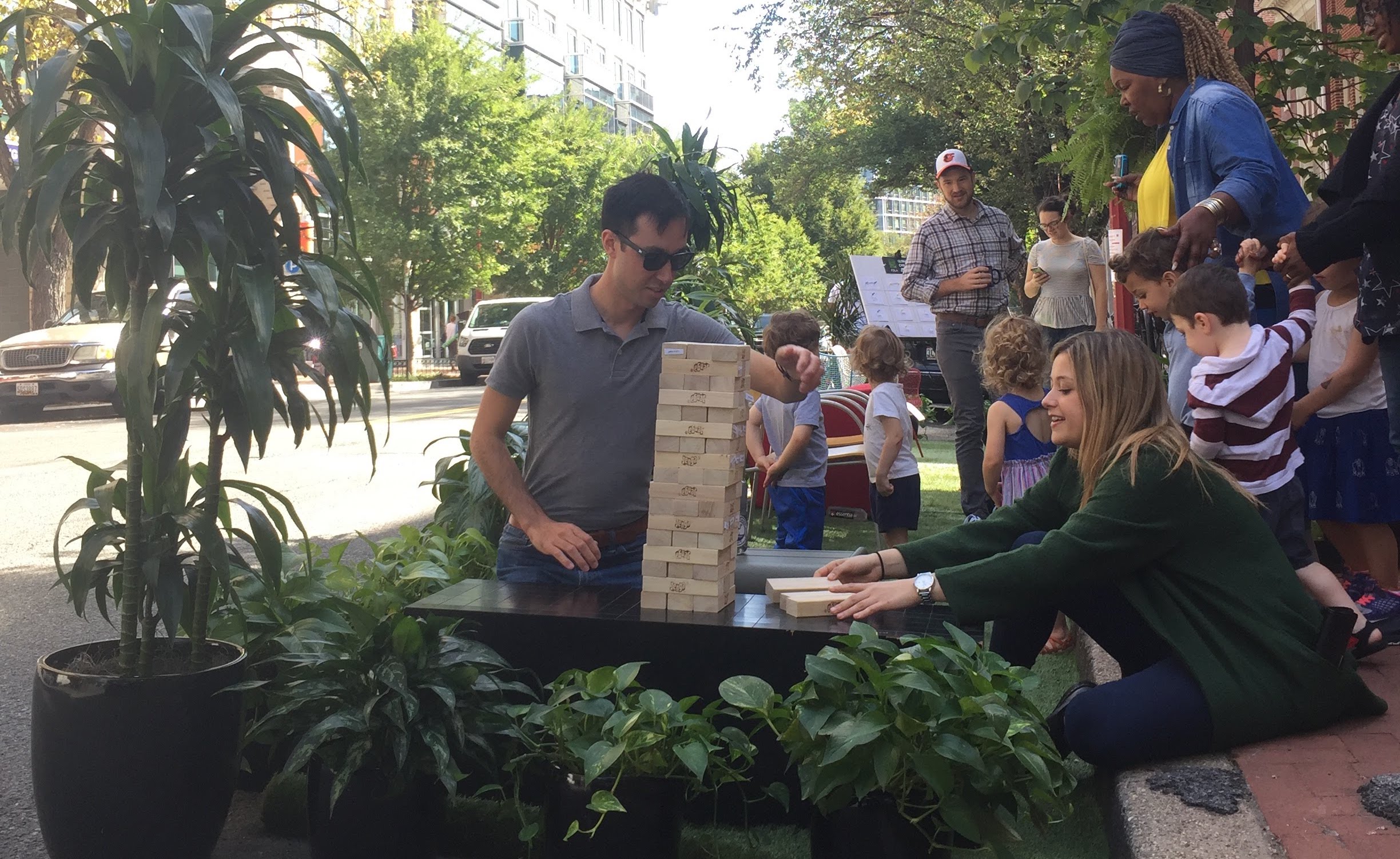
Until recently, there were only a few choices for how to get around Washington, DC. Today, however, there are over a dozen services that make it easy to borrow a car, hire a taxi, grab a bike or catch a ride, and they’re using mobile web applications to make these choices possible. As a result, getting around DC has never been faster, more diverse or more convenient.
Transportation choices are a big part of smart growth strategies. Traditionally this has meant creating sidewalks, bike lanes and public transportation in addition to roads for driving. But the next generation of transportation choices—things like car sharing, ride sharing and bike sharing—bring a new dimension to that conversation. How will these new options affect where Washingtonians chose to live, work, dine or shop? As it becomes easier than ever to get across town, how will DC’s neighborhoods and development throughout the city change?



